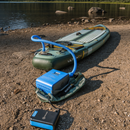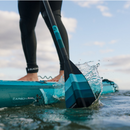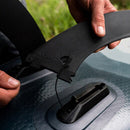From Sunshine to Sweater Weather: How Summer & Fall Paddling Differ
Paddle boarding doesn’t stop when summer ends—it just transforms. Fall brings a whole new experience to the water, from the colors around you to the way you prepare for each trip. Here’s what changes and how to make the most of it. ...
READ MORE






